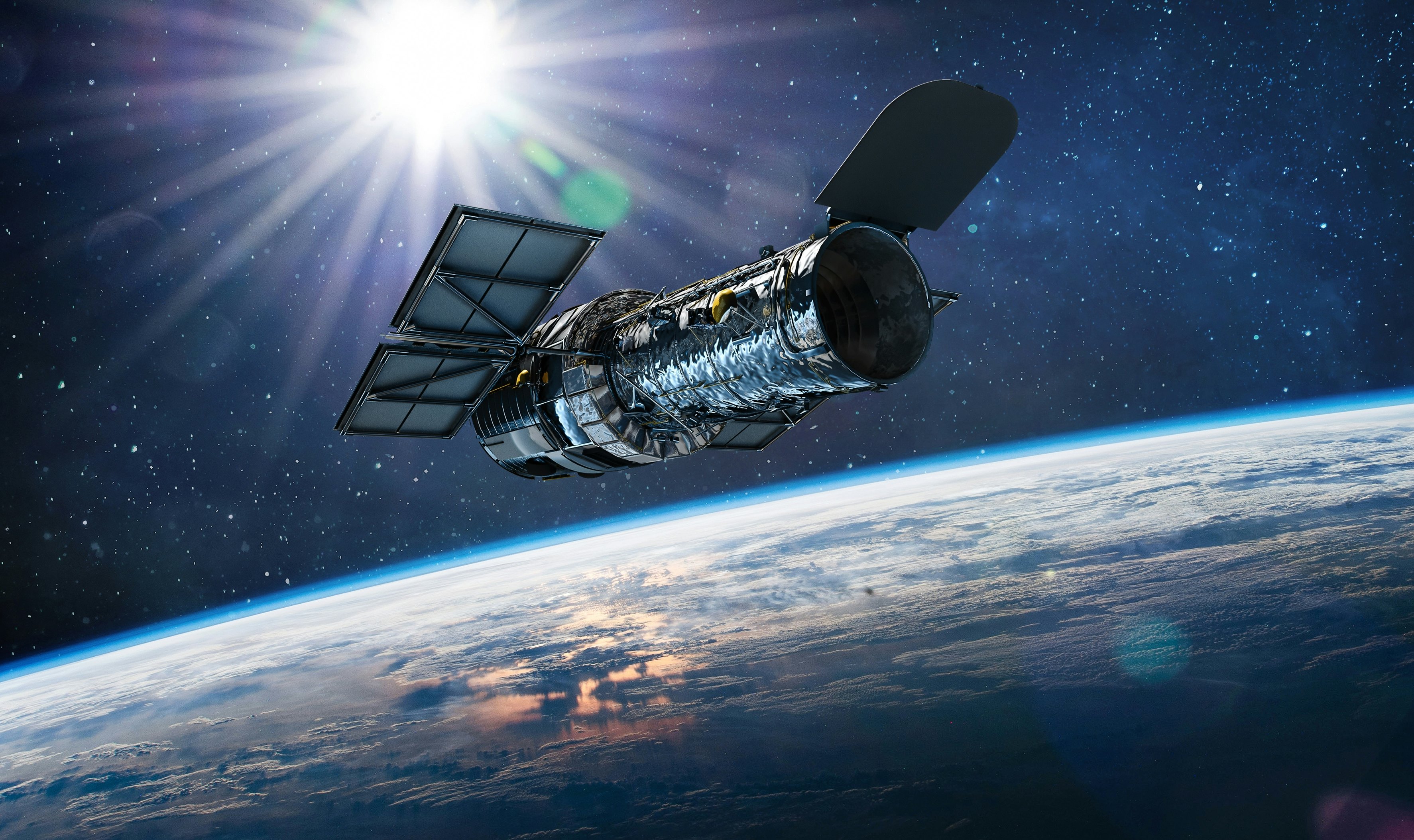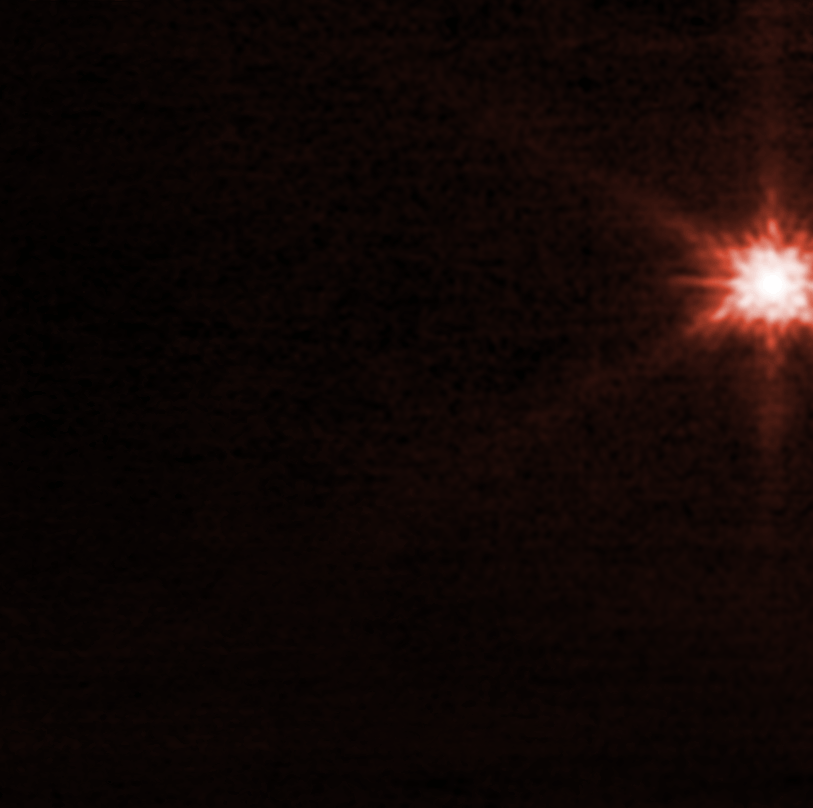
When NASA’s Double Asteroid Redirection Test (DART) spacecraft slammed into the asteroid moonlet Dimorphos on September 26, all eyes were on the crash.
Both the Hubble Space Telescope and the James Webb Space Telescope captured images of the DART impact, and they’ll keep checking in to observe its aftermath over the next few weeks and months. It’s the first time the two space telescopes have worked together this way; Webb has already taken images of some of Hubble’s past targets, but they’ve never observed the same object at the same time.
Both telescopes took before-and-after snapshots of Dimorphos and Didymos, the larger asteroid it orbits. Because Webb and Hubble view the universe in different wavelengths of light, they can join forces to give scientists a much more complete view of the debris cloud DART’s impact kicked up, from the long wavelengths of mid-infrared to the shorter wavelengths of ultraviolet light.

DART’s team will use that information to help them understand how hard DART hit Dimorphos and what effect the collision had on the moonlet. To do that, they need to know things like how much material got blasted away from the impact site, how fast that debris is moving, and whether it’s mostly in big chunks or small grains.
To pull it off, Webb’s team had to figure out how to keep their sights trained on a nearby object, which moved across the telescope’s field of view about three times faster than anything Webb was designed to track. Webb was built to study the faintest, most distant objects in the universe, but scientists keep wanting to point it at nearby objects, too — and the telescope and its operators keep rising to the challenge. It took several weeks to plan and test a tracking method for DART, but Webb’s team nailed it, capturing 10 images in about five hours of observation.

Hubble, meanwhile, watched Dimorphos and Didymos for about an hour with its Wide Field Camera 3 (WFC 3). and in the process, it revealed some interesting puzzles for DART’s science team to solve. One big question is why Didymos seemed to glow in the Hubble images for about eight hours after the impact; astronomers weren’t surprised that the moonlet flared brighter when DART struck it, but they’re intrigued by how long the brightness lingered, according to the European Space Agency (ESA).

The bright, spiky rays in the images are plumes of debris, blasted away from Dimorphos’s surface by the impact. Some of them seem to curve slightly, and figuring out why will take a lot more analysis.
Webb and Hubble will have a role to play in that process, too. Over the next three weeks, Hubble will check in on Didymos ten more times to record how the cloud of ejected debris expands and fades. And Webb will check in with its Near Infrared Spectrometer (NIRSpec) and Mid Infrared Instrument (MIRI) for several more months to help astronomers learn more about the moonlet’s chemical makeup.



!["[T]he First and Fifth Amendments Require ICE to Provide Information About the Whereabouts of a Detained Person"](https://images.inkl.com/s3/publisher/cover/212/reason-cover.png?w=600)



